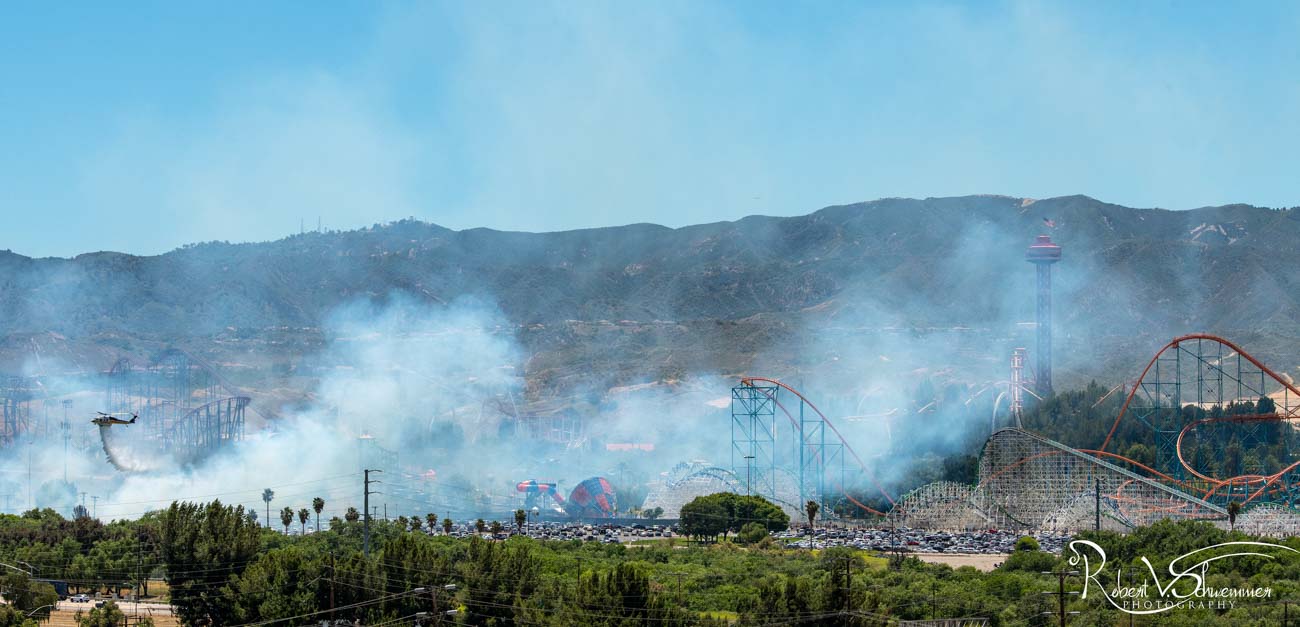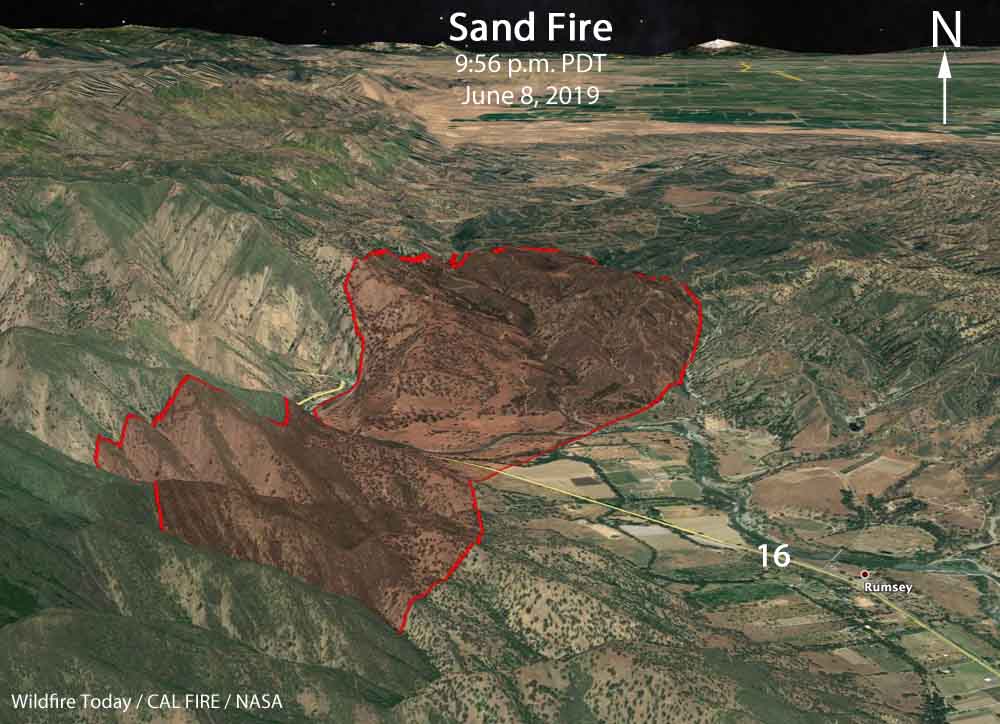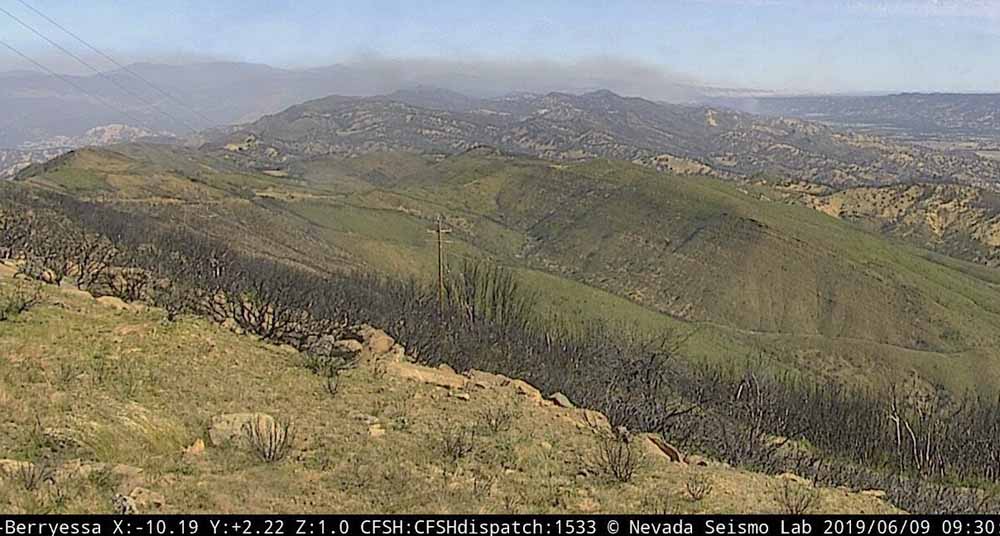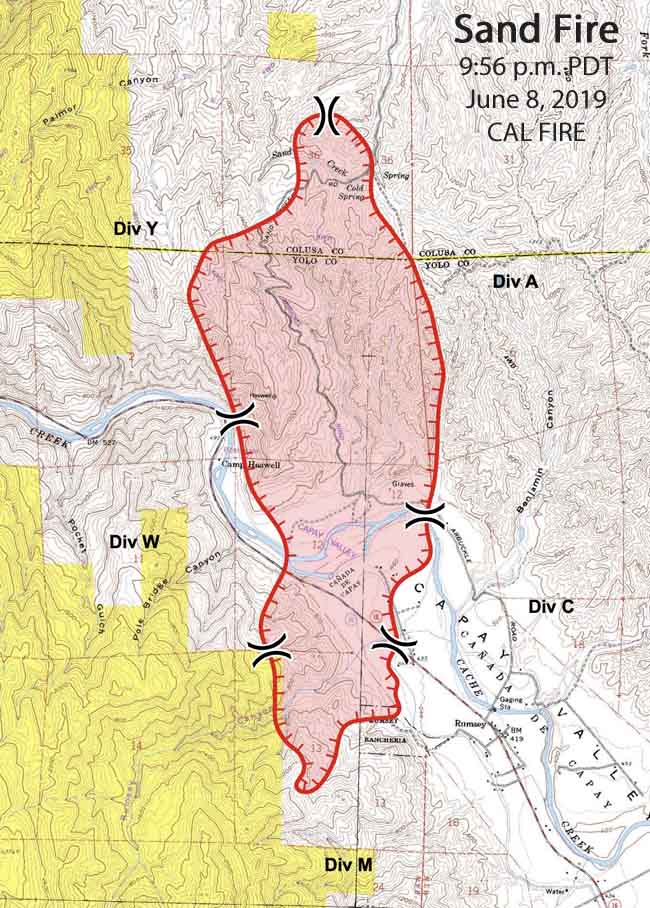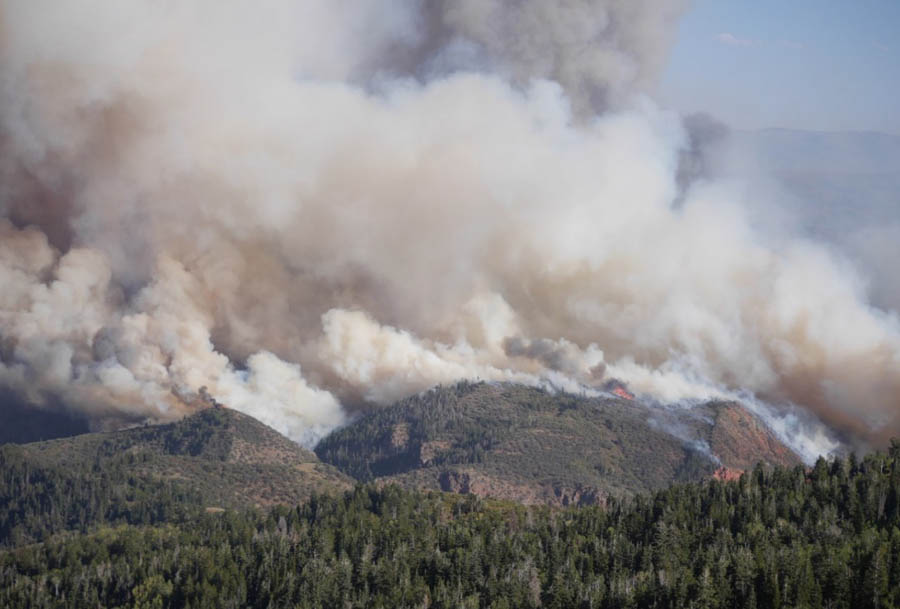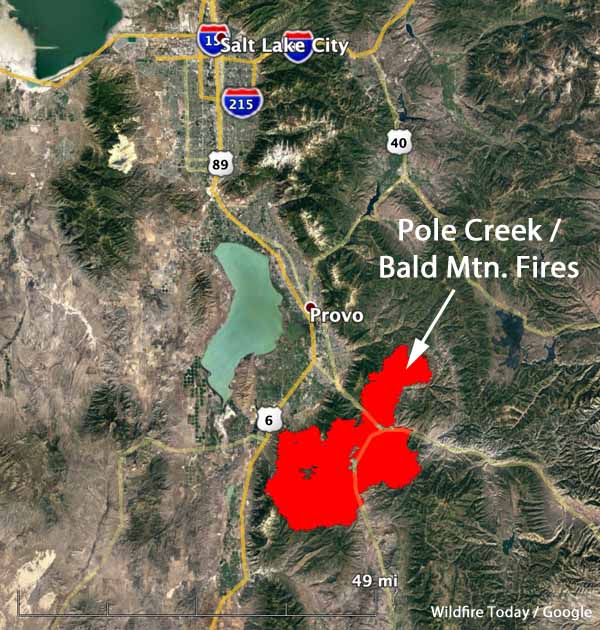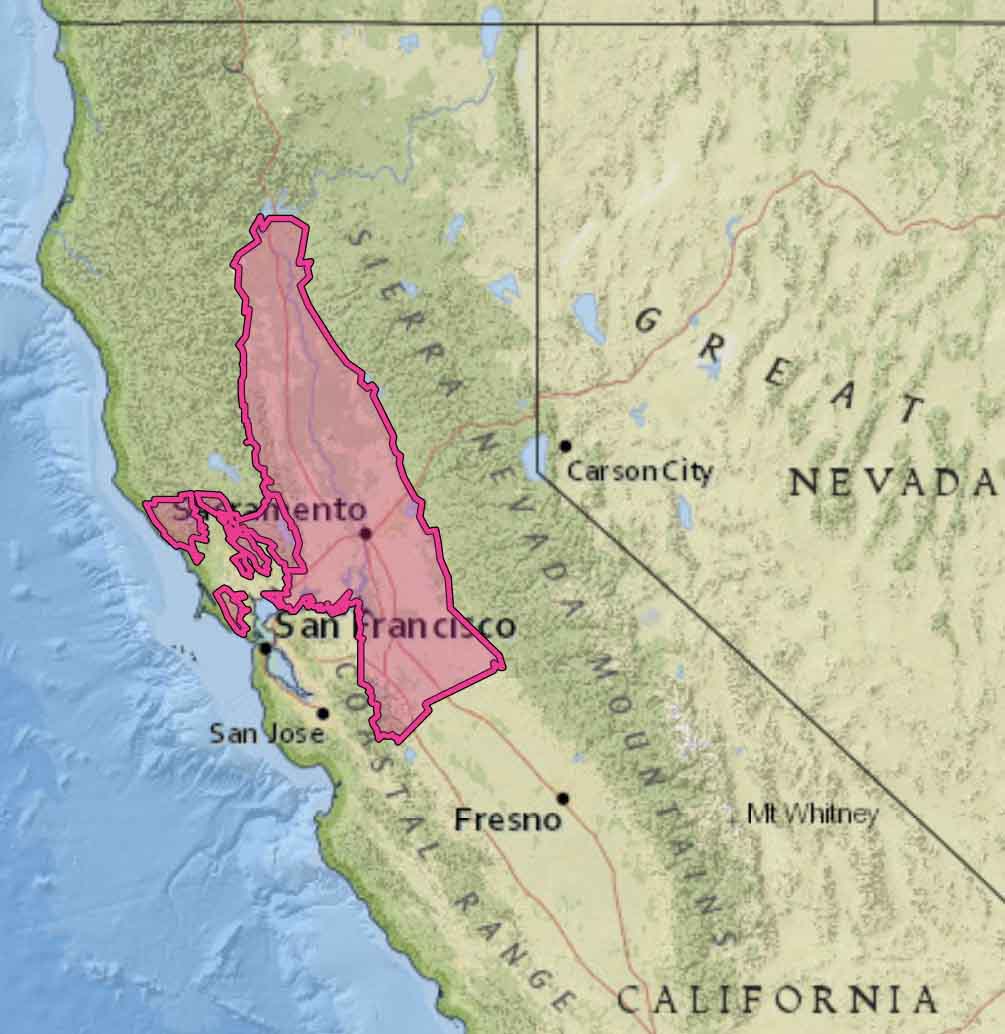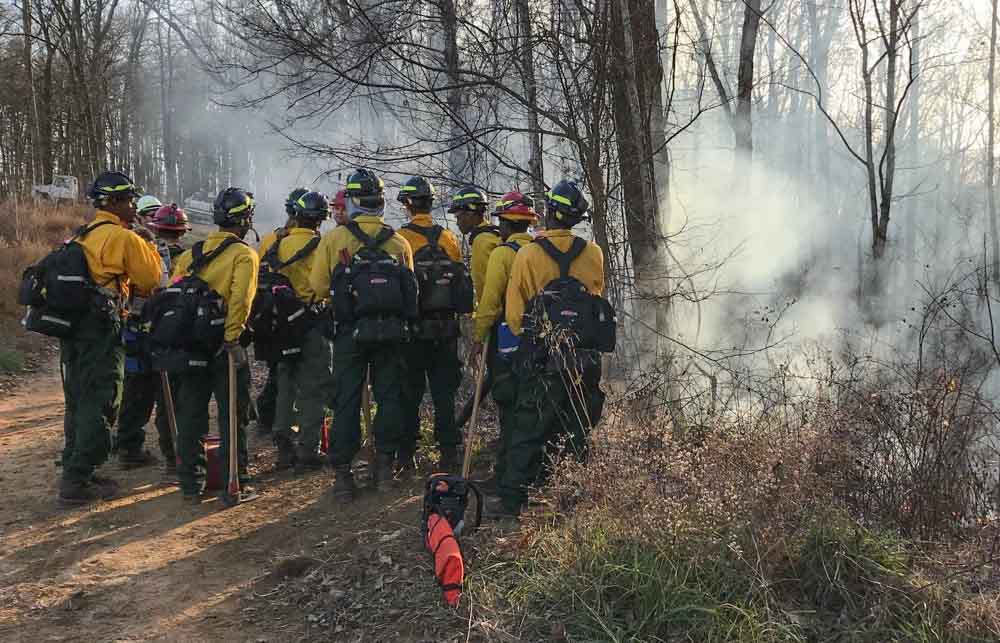
On May 24, the Friday before a holiday weekend, the Trump administration announced that they intend to transfer the management of 25 Job Corps Civilian Conservation Centers from the U.S. Forest Service to the Department of Labor (DOL). In addition they also planned to permanently close 9 of those 25 centers. Since then, the decision to close one of the Centers in Montana was reversed.
The Job Corps Centers managed by the U.S. Forest Service help train youths in wildland firefighting, forestry, culinary arts, welding, and other trades. Their official mission is to educate 16- to 24-year-olds, many of whom are from disadvantaged backgrounds, while helping U.S. conservation efforts on public lands. After graduating from the program many of the youths have training, skills, and experience that qualifies them for permanent jobs in government or private industry.
A former high-level Forest Service employee, Michael T. Rains, has written a letter to the President requesting that transfer of the Centers to the DOL and closure of eight be reversed. Before Mr. Rains retired in 2016 he had been Deputy Chief of the Forest Service for State and Private Forestry in Washington, D.C. and Director of the Northern Research Station at Newtown Square, Pennsylvania. The letter is used here with his permission:
June 3, 2019
The President
The White House
1600 Pennsylvania Avenue NW
Washington, DC 20500
Dear Mr. President:
I am writing to you about an issue that I know you are aware of. Currently, the United States Forest Service operates 25 Job Corps Civilian Conservation Centers [JCCCC’s] with 4,300 students, on 23 National Forests, across 17 states. On May 24, 2019, the Secretary of the Department of Agriculture sent a letter to the Department of Labor [DOL] transferring 16 of these JCCCC’s to the DOL. And, as part of this action, 9 of the 25 Centers will be closed. Yesterday [June 3, 2019], you reversed the decision on one of the closures – the Anaconda JCCCC at Anaconda, Montana. Thank you very much for doing this.
It is interesting to note that in a “Outcome Measurement System” matrix that I was reviewing, the Anaconda JCCCC was ranked 23rd out of the 129 Centers across America. The 6th ranked Center at Frenchburg, Kentucky is also being proposed for closure. The top ranked Center, Schenck on the Pisgah National Forest in North Carolina, is set to be transferred to the DOL. As far as I can tell, there does not seem to be any logic between performance or cost-effectiveness or mission alignment and this set of closure/transfer actions.
Accordingly, I implore you to do the same decision-reversal that you did for the Anaconda Center for all the other closures and all the transfers. My reasoning is simple. Beyond any doubt, these closure/transfer actions are incredibly short-sighted, ineffective and based on a premise that is not at all accurate. The USDA Secretary has concluded the closure/transfer actions will help the Forest Service better prioritize its “core natural resource mission to improve the condition and resilience of our nation’s forests, and step away from activities and programs that are not essential to that core mission.” Allow me to be blunt. This statement is completely absurd. Further, the DOL will never be able to match the achievement and influence that the United States Forest Service has been able to attain with this program. The role of the students in helping achieve America’s conservation mission through the long-term dedicated instruction by Forest Service teachers and leaders cannot be logically questioned or challenged.
As you know, the core mission of the Forest Service is characterized by the slogan, “…caring for the land and serving people.” The agency has a direct and indirect role in the management, protection and wise use of about 80 percent of America’s forests – about 885 million acres. The fundamental principle of this mission is to keep forests healthy, sustainable and more resilient to disturbances – such as wildfires. The Forest Service Job Corp program and its students help advance this mission. Some recent examples showing the incredible impact of the students:
- 1,054 students have been Red-carded [qualified] to prepare for firefighting assignments.
- Over 3,000 days worked, including 440 days reducing hazardous fuels and treating almost 6,000 acres within the high-risk to fire Wildland-Urban Interface areas.
- Millions of dollars in work-related contributions to rural communities — $35 million in just a three-year period.
- 94 Job Corps graduates recently hired in permanent career positions to embolden the Forest Service conservation ethic.
There is lots of information, over an extended period of time, that demonstrates the significant impacts the JCCCC’s program has on Forest Service activities (including, forest restoration, fire suppression, prescribed fire, recreation and trail maintenance). The Secretary’s conclusion is not factual. For example, from just 2016-2018, about 230 students at the Forest Service Job Corps Centers have been qualified and deployed for wildland firefighting duties. The pipeline of well-trained firefighters is growing. Wildland firefighting has always been considered to be a “core mission” of the Forest Service.
Please see what some Forest Service employees are saying about the Forest Service-administered Job Corps program. I am biased, to be sure. In 2016, I retired from the Forest Service after almost 50 years of public service. I began my career as a wildland firefighter. While I never had a specific assignment in “Job Corps”, my experiences intersected with the program and its students very often. And, as one employee said, “…they are just an incredible asset.” Yes, the Centers and their students and the teachers are an incredible asset that has proven to be one of the great success stories of our time — by helping at-risk youth become productive citizens.
Moving the Forest Service Job Corps program to the DOL, in spite of the rhetoric to the contrary, will destroy this asset. The DOL does not know or care about America’s land conservation legacy. The legacy built by the Forest Service Job Corps students will be methodically lost. As one associate recently stated: “…the DOL has attempted to wrestle this valuable, high performing program away from the Forest Service since the 1970’s. The DOL will not do the job the Forest Service has done since 1964 and the losers will be the Nation, our National Forests, and the current and future Job Corps Enrollees.”
Mr. President, allow me to conclude with this urgent plea: As you so correctly did with the Anaconda Job Corps Civilian Conservation Center in Montana, please reverse the decision to close the other 8 Centers and reverse the decision to transfer 16 Forest Service-administered Centers to the DOL. Allow the Forest Service to continue its work with the students and the communities. Please know, the information presented to you in making the initial decision was and remains faulty. To proceed ahead with this decision will not allow you and your Administration to care for our lands and serve American’s in the manner that they should be served.
Included in this letter is a supporting A.1 Appendix.
Very respectfully,
Michael T. Rains
Appendix A.1. The Job Corps Civilian Conservation Centers [JCCCC’s] Administered by the United States Forest Service [Ranking] and [Congressional Districts, Representative and Party Affiliation] and [Senators and Party Affiliation]
A. JCCCC’s to be Transferred to the Department of Labor [under a New Contract Operator]:

